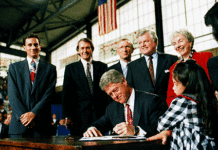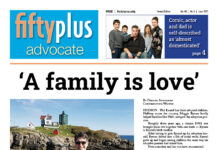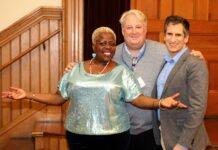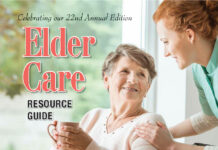One of Janice Lindsay’s vintage postcards
By Janice Lindsay
People don’t send many postcards these days.
Here’s what we do: Snap photos with our smartphone and whoosh them through the air to friends and family. Or post them on the Internet and share them with everybody at once.
It’s fast and efficient. It’s fun to see our friends’ photos. We appreciate the immediacy of participating in their travels.
But decades from now, who will hold and peruse the photos we now view on a screen, as I examine the postcards I began collecting when I was a child?
I’ve recently sorted through about 500 postcards. They include cards addressed to family members from other family members, some addressed to me, some sent to people I don’t remember from people I never met.
Here’s Mt. Rushmore National Memorial, the presidents’ faces lit for nighttime viewing. It’s postmarked Murdo, South Dakota, decades ago. It’s from my grandmother, sent on one of the car trips she and my grandfather enjoyed so much. “Dear Janice, Another card for your collection. I can’t remember whether I gave you one like this or not.”
This little card didn’t seem so special when I received it, because then I had my grandmother. But I will never again see that distinctive rounded handwriting on anything new, or touch something she has recently touched.
When there are no more postcards, there will be no penned remarks to show that this sender actually touched this card. No photos of motels where someone drew an arrow pointing to the window of her room. No earnest attempts to squeeze a long message into a short space. No evidence that people paused during their busy travels to pen greetings to loved ones back home. No scrawled lines with glimpses of the past, tidbits of life stories, lines to read between. No soft mustiness of aging postcard paper, the elegance of old stamps.
In 1910, my great-grandmother in Rockland, R.I., received a postcard from her sister who lived in Groton, Conn. “I’m sorry you could not come down for Thanksgiving,” she wrote. “We past [sic] a very enjoyable day.” Both my great-grandmother and her sister held this card in their hands, as I hold it now, wondering why they did not visit on Thanksgiving.
Here’s one dated 1944 from a military hospital in Texas. My grandmother had journeyed there, all alone, from Rhode Island to fetch my uncle, who had taken seriously ill while in Army basic training. She didn’t yet have time to write a letter to my grandfather explaining the details; she mailed a hasty summary on a post card from the post exchange.
My collection includes cards touched by aunts, uncles, friends of my parents and grandparents, brothers and sisters, teachers, friends, cards written by my younger self. There’s an unsigned, undated card with no postmark, addressed to me, that says “Having a great time. Shook hands with Vice-President Nixon.” Whose hand shook Nixon’s, then held this card?
As one postcard sender wrote to his friend, my grandfather, in 1911, “[I] trust we will keep in touch with each other.” A postcard is, literally, a way to keep in touch.
Contact jlindsay@tidewater.net.













